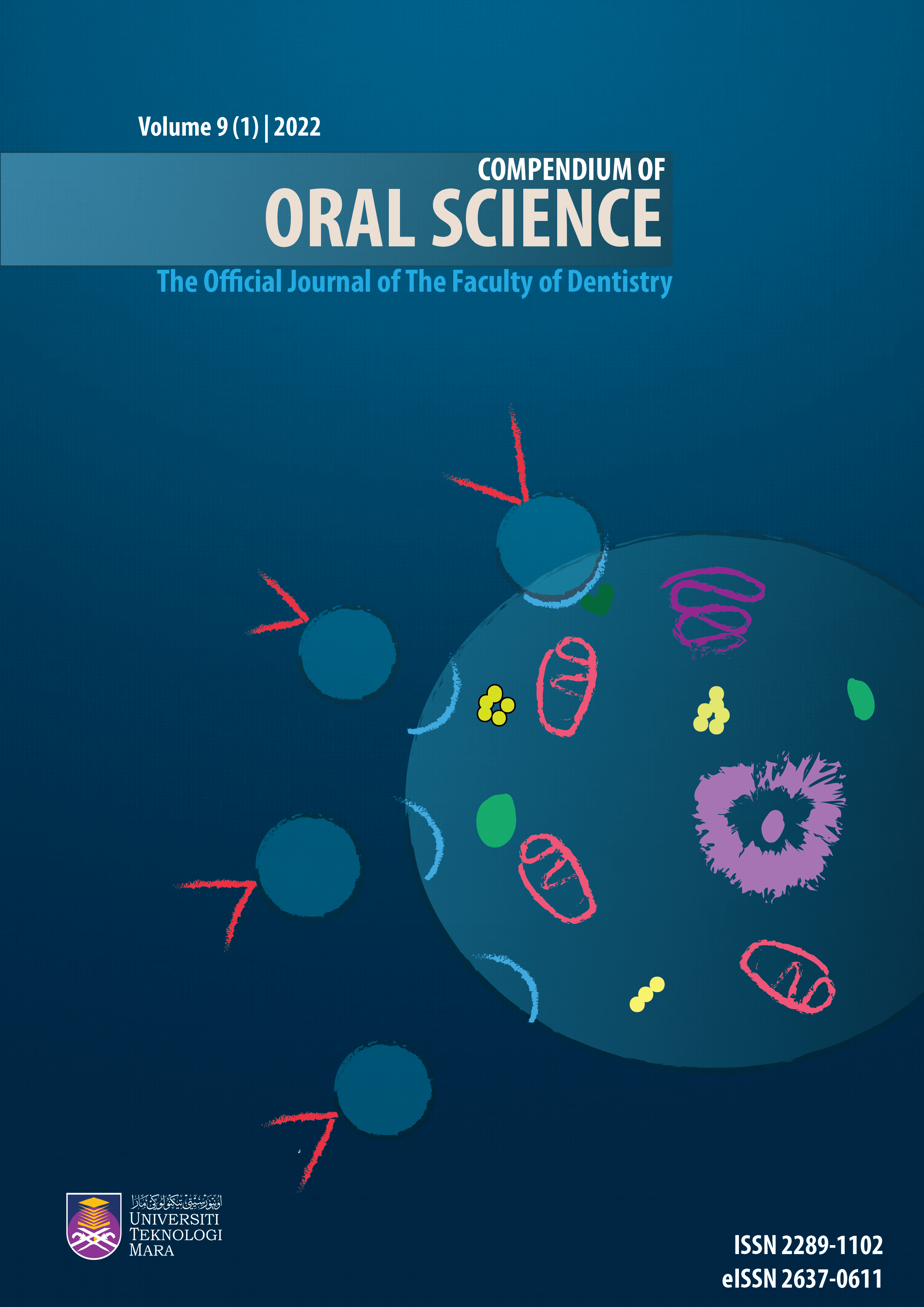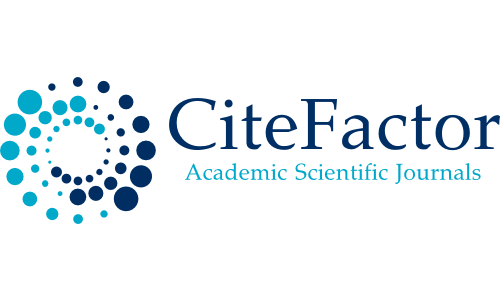Surface Modifications of Dental Implant and its Clinical Performance: A Review
DOI:
https://doi.org/10.24191/cos.v9i1.16907Keywords:
dental implant, surface modification, surface treatment, clinical performanceAbstract
Objectives: This review paper aims to provide an overview of various commercially available dental implant surface modifications and treatments, as well as their reported clinical performances. This knowledge would be useful for the practicing clinician in understanding the healing mechanism associated with each type of implant and in selecting the right type of implant for a specific clinical condition. Methods: An electronic search of literatures was performed in PubMed and Scopus database dated from January 1990 until July 2021. The search keywords were dental implant, surface modification, surface treatment, survival rate and/ or clinical performance as MeSH term. Only relevant studies that were published in English, journal article are summarized and discussed in this review. Results: In the last decade, implant surfaces were manufactured in a concerted effort to provide bone in a faster and improved osseointegration process. A variety of surface modifications have been developed and are currently being used to enhance clinical performance, including turned (machined), hydroxyapatite-coated surface, titanium plasma-sprayed, grit-blasted, acid-etched, anodization, laser-microtextured as well as combinations thereof. Conclusion: Dental implant survival rate relies heavily on the successful integration into the jawbone. Geometry and surface topography are critical to the short- and long-term performance of dental implants. Implant surface modifications expedited osseointegration process, which in turn, early and immediate loading of dental implants has emerged as a viable alternative to the conventional loading protocol.
Downloads
Published
How to Cite
Issue
Section
License
Copyright (c) 2024 Compendium of Oral Science

This work is licensed under a Creative Commons Attribution-NonCommercial 4.0 International License.
Materials contained in the journal may be reproduced for educational purposes provided that both the author(s) and the journal are appropriately recognised; otherwise duplication is not permitted. No articles, reports, or portions there of may be translated into other languages, published in books, journals, magazines, or any other print form without written permission from the authors and from the journal.
Disclaimer: The statements, opinions and data expressed in the articles and reports herein are those of the author(s) and not of the publisher and the editor(s). The publisher and the editor(s) disclaim responsibility for any injury to persons or property resulting from any schemes, methods, instructions or ideas referred to in the content.















